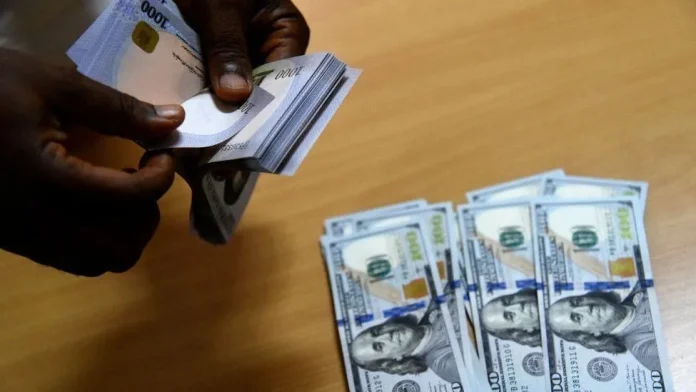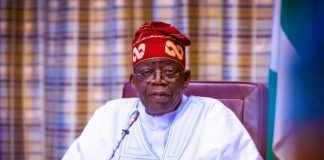Since Nigeria’s transition to democracy in 1999, the exchange rate between the United States Dollar (USD) and the Nigerian Naira (NGN) has experienced significant fluctuations. The exchange rate is a crucial economic indicator that reflects the value of one currency in relation to another. In the case of Nigeria, the exchange rate of the Naira against the US Dollar has been influenced by various factors, including economic conditions, government policies, inflation rates, and market forces. This article aims to explore the journey of the Naira against the Dollar since the country embraced democracy.
1999-2007: Early Years of Democracy
In the early years of Nigeria’s democracy, specifically from 1999 to 2007, the exchange rate of the Naira remained relatively stable. During this period, it hovered around $1 to N90. The stability can be attributed to favorable global oil prices, as Nigeria is a major oil exporter. Additionally, the Central Bank of Nigeria (CBN) implemented policies aimed at maintaining stability in the exchange rate.
2008-2016: Depreciation and Economic Challenges
From 2008 onwards, the Nigerian Naira began to face significant challenges. The global financial crisis, declining oil prices, and internal economic issues impacted the country’s exchange rate. The Naira experienced gradual depreciation against the US Dollar during this period. Factors such as limited foreign exchange reserves, increasing inflation rates, and the dependency on oil revenue played a role in the currency’s devaluation.
To combat the depreciation, the CBN implemented various measures, including the introduction of multiple exchange rate regimes, foreign exchange restrictions, and capital controls. These measures aimed to stabilize the Naira and conserve foreign exchange reserves, but they also created a gap between the official exchange rate and the parallel market rate, leading to a thriving black market for foreign currency.
2017-Present: Continued Fluctuations and Parallel Market Premium
In recent years, the Naira has experienced further depreciation against the US Dollar. The exchange rate in the parallel market last exchanged at ₦765. This depreciation has been attributed to several factors, including low oil prices, dwindling foreign exchange reserves, high inflation rates, and limited diversification of the Nigerian economy.
The parallel market premium, which refers to the difference between the official exchange rate and the parallel market rate, has also widened. This disparity has led to challenges such as increased import costs, inflationary pressure, and a thriving black market for foreign currency. The CBN has made efforts to bridge this gap by implementing policies to improve foreign exchange liquidity, promote investment, and diversify the economy away from oil dependence.
Upshot
Since Nigeria’s transition to democracy in 1999, the exchange rate between the Nigerian Naira and the US Dollar has experienced significant fluctuations. The Naira has faced challenges such as depreciation, widening parallel market premiums, and economic uncertainties. Factors such as low oil prices, limited foreign exchange reserves, inflation rates, and government policies have influenced the currency’s value.
It is important to note that exchange rates are highly volatile and subject to change due to various economic and political factors. To stay updated on the current exchange rate, individuals and businesses are advised to consult reliable financial sources or their respective banks. Furthermore, it is crucial for Nigeria to continue its efforts to diversify the economy, improve foreign exchange liquidity, and implement sound economic policies to foster stability in the exchange rate and promote sustainable economic growth.











